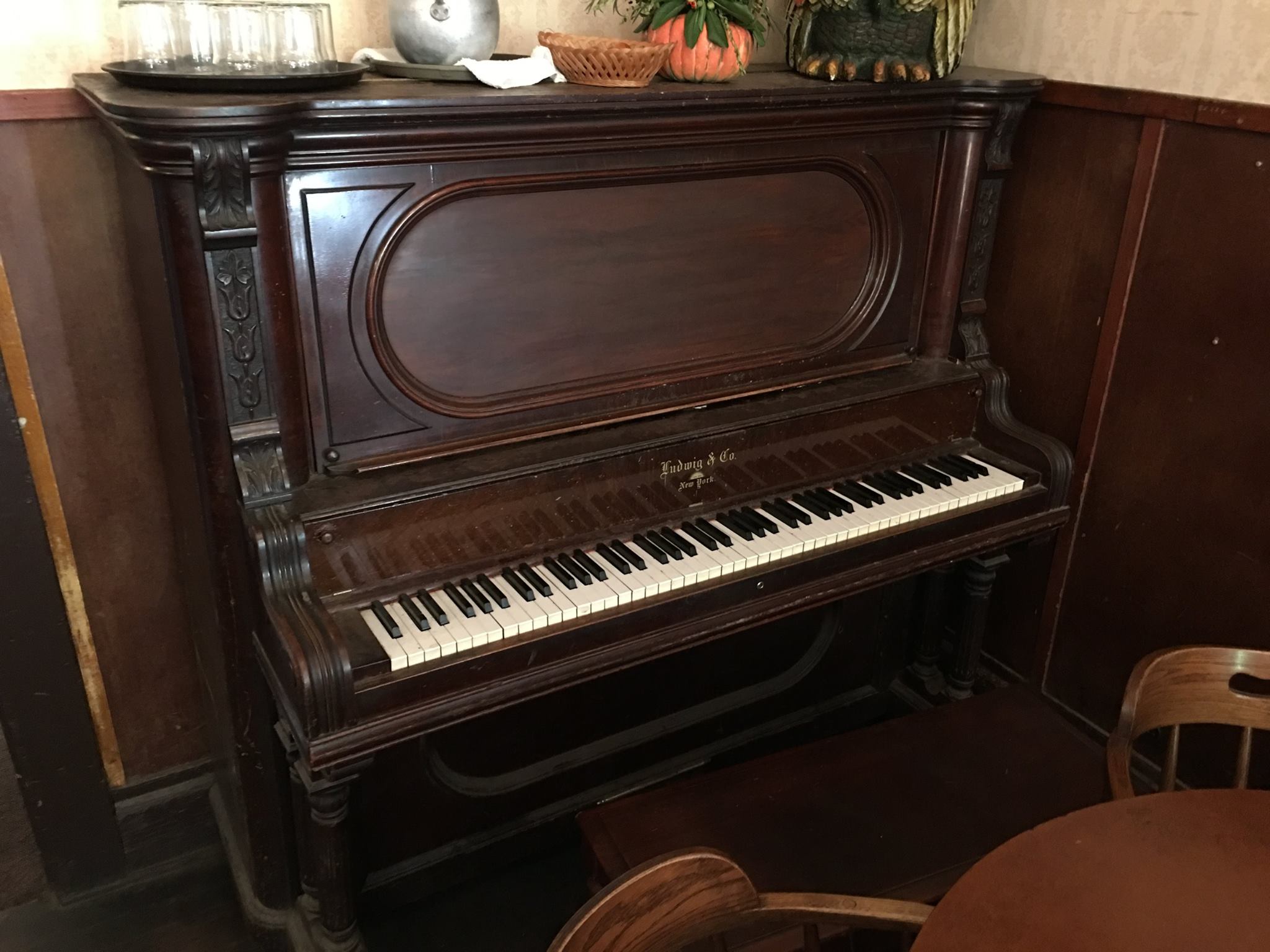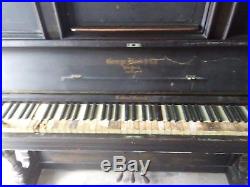

When Bill Ludwig patented the new pedal he laid the foundation for the modern drum business.” Other drummers saw it, tried it, and asked him to build pedals for them. But, combining his native ability with the resourcefulness discovered during the ‘lean years’ on the road, he soon solved the problem. “Ragtime was the vogue, and down in the pit, young Ludwig found that the foot-pedal of that day had never been planned for this new musical craze. “Bill Ludwig crashed into the new era when Ziegfeld brought his ‘Follies’ into the Auditorum Theater, Chicago,” according to a bio inside the 1937 Ludwig catalog. In 1909, at the age of 30, he took the first step on an unexpected foray into the industrial end of the music business. had built his life around the drums, first playing with his father, a trombonist, in a traveling circus, then later going on to gigs with low-class minstrel shows and high-class opera companies. It does, however, start with a bass drum pedal.įrom the age of 13, William Ludwig Sr. Lest it be forgotten, of course, the Ludwig story does not begin nor end with the Beatles. He used a similar “Speed King.” According to a lot of drum nerds, though, the distinctive red Universal Speedmaster (which was produced from 1959-1974) was actually the superior model. If you’re wondering, this is not the same style of kick pedal that Ringo took on that maiden voyage to the states. expansion of its Damen Avenue plant, and employed upwards of 300 workers.Īmong the products they made during that period was the Universal Speedmaster Bass Drum Pedal from our museum collection.

To adapt, the company undertook a 100,000 sq ft.

In the process, Ludwig became arguably the second most visible name in popular music (and the second most popular “Ludwig” to Beethoven), leading to a massive rise in sales during the 1960s. One shaggy Liverpudlian’s freelance marketing decision had forged a permanent association between a Chicago drum company and the biggest band in the world. Whichever story is accurate, the result was the same. From then on, we got orders from all over with requests for the name on the front of the bass drum head.” So, we ordered the decals and started putting them on the sets for England. And besides, it seemed ostentatious! He said he wouldn’t give us the order without the name, and that he would pay for the decals himself. “I told him we couldn’t do that,” Ludwig recalled, “as we weren’t geared up for such a demand. Later that same year, after Beatlemania had exploded, William Ludwig, Jr., met with one of his UK distributors at a convention, and was asked to add the Ludwig name to all the bass drums on the next big order. “ said he’d do it, but asked why, and Ringo said he wanted everyone to know he had Ludwig.”

“Ringo bought the Ludwig set under the condition that the name Ludwig be painted on the front of the bass drum head,” he said. Instead, Ringo had hatched the concept himself. In his account, Ludwig drums didn’t actually come with any branding or decals at the time. “It’s American!”Īccording to William Ludwig, Jr., who was president of the company at the time, things played out a bit differently. “No, no, no, you’ve got to leave that on!” he protested. Ringo, in a rush of enthusiasm, stopped him in his tracks. In Ringo’s version of events, the salesman at the music store-while packing up the new kit-began removing the “Ludwig” decal from the head of the bass drum. As he also acknowledged in later interviews, “I loved anything American”-which comes as little surprise from a guy who’d grown up idolizing the first wave of stateside rock n’ roll.įrom there, the story becomes a little bit apocryphal. It wasn’t necessarily because he thought Ludwig would be functionally superior, he later admitted, but for slightly more aesthetic reasons. It would take one particular customer at one of those London shops, however, to finally turn Ludwig from an esteemed niche brand into an international icon.Ī year before the Beatles invaded America, Ringo Starr bought himself his first black-pearl Ludwig drum kit, switching from his usual Premier brand. They equipped everything from high school marching bands to renowned orchestras and Dixieland jazz outfits, meeting with enough success that even music shops as far away as London were stocking their kits. It was a highly respected Chicago institution with a devoted nationwide following among purveyors of the percussive arts. The night that famously marked a sea change in American pop culture-the Beatles’ 1964 performance on the Ed Sullivan Show-was also the dawning of a new golden age at a certain musical instrument factory in Wicker Park.īefore that night, the family-operated Ludwig Drum Company had already been in business-in one form or another-for more than 50 years. Museum Artifact: Ludwig Universal Speed Master Bass Drum Pedal, 1960s


 0 kommentar(er)
0 kommentar(er)
